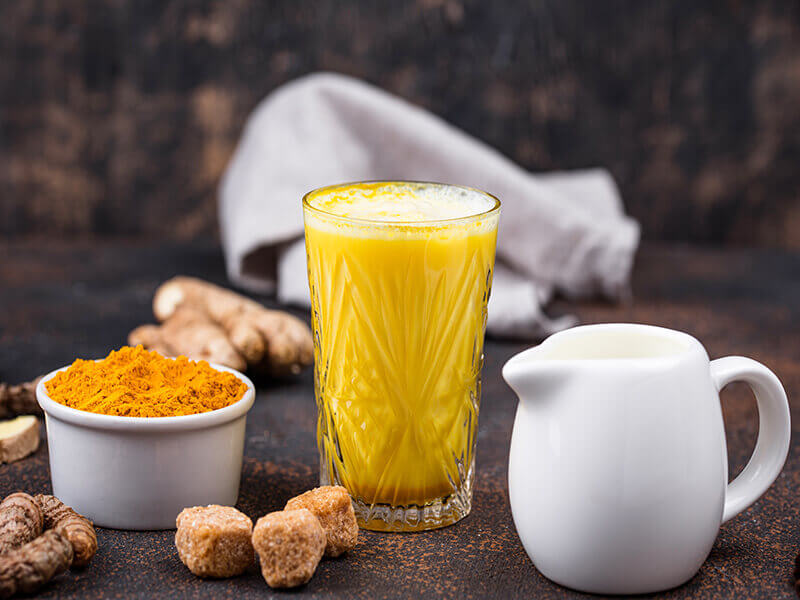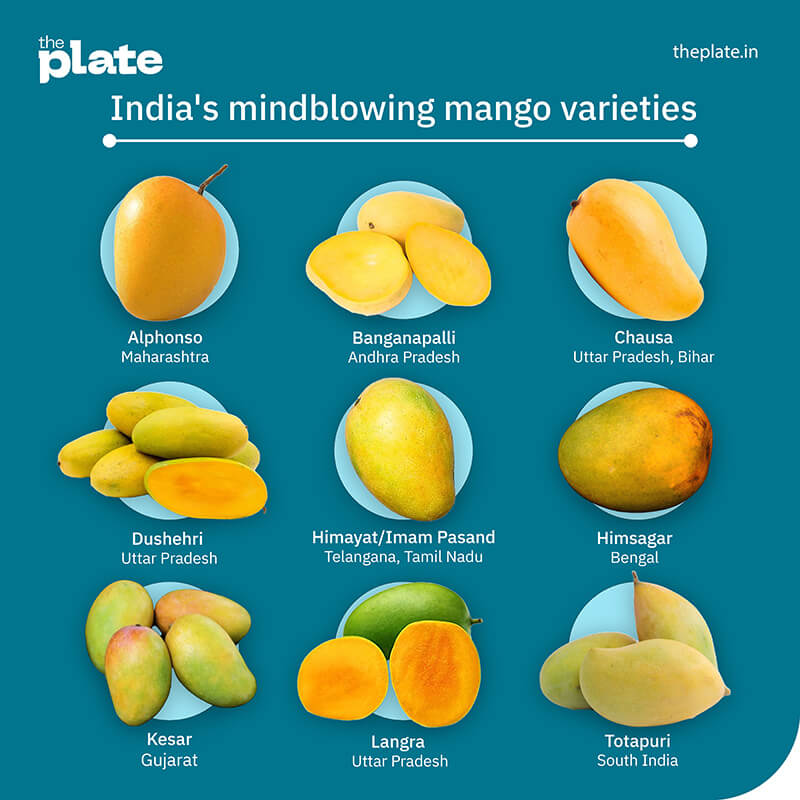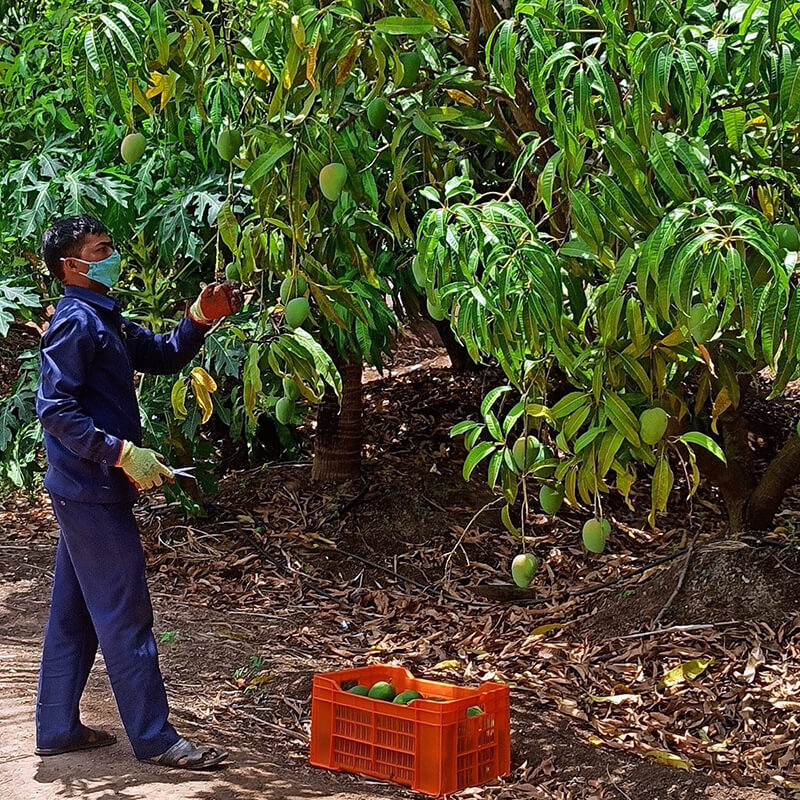India No.1: Turmeric, the golden allrounder spice
Posted on May 2nd, 2023
Turmeric or haldi is a hard to beat multi-tasker in Indian homes. It is used extensively in Indian cooking; is an essential ingredient in home remedies for colds, coughs and cuts; is beneficial in skincare and a staple of many Hindu religious ceremonies. Poojas and special occasions, especially marriages, are incomplete without this ‘auspicious’ yellow root, its powder and paste.
Given how integral turmeric is to Indian life, it shouldn’t come as a surprise that India is the world’s No.1 producer, consumer and exporter of the spice. India produces 80% of all turmeric grown in the world, much of it for domestic consumption.
Curcuma longa, as turmeric known botanically, is native to the South Asian region, perhaps even India. It finds mentions in the Vedas as well as in old Tamil literature. Its use dates back 4,000 years.
The yellow in turmeric comes from curcumin, a chemical compound that is supposed to have antioxidant and anti-inflammatory properties. Although many experts agree on turmeric’s supportive role in the treatment of conditions such as arthritis and mood disorders, large scientific studies of turmeric’s medical benefits aren’t available yet.
Ayurveda, for its part, accords it an important place in the treatment of many ailments, especially in boosting overall health. And it is as an immunity booster that turmeric has today found popularity in many parts of the world, especially during the COVID 19 pandemic. In the health food circuit, ’Turmeric lattes’, as haldi ka doodh is referred to now, are all the rage.

Indian production has kept pace with the increase in demand for turmeric. There has been a steady increase in acreage, up from 231,637 hectares in 2017-2018 to 349,642 hectares in 2021-22. Maharashtra, Telangana and Karnataka are the top turmeric producers.
Lakadong turmeric from Meghalaya is considered the best turmeric in the world with the highest curcumin content of over 7%. In 2021-22, India produced around 1.33 million tons of turmeric, up from 0.86 million tons in 2017-2018.
Indian turmeric exports too have been growing. The country’s exports grew a whopping 42% in the first six months of 2020-21 alone. Exports for 2021-22 are at around 1.53 lakh tonnes up from 1.1 lakh tonnes in 2017-18. Turmeric ranks third after chilli and jeera when it comes to India’s spice exports.
India No.1: Mango country
Posted on April 13th, 2023
If there is one fruit that immediately comes to mind when we think of India, it is the mango. The botanical name for mango, mangifera indica, is a nod to its birthplace, the region around Myanmar and north eastern India where the fruit is supposed to have originated. Not just that, the word ‘mango’ is a derivative of the Tamil and Malayalam ‘mangai/manga’, adopted by Portuguese traders coming to India in the 15th Century for the spice trade.
Mangoes have been cultivated in India for over 4,000 years. It’s not surprising then that it’s far more than just a fruit in the Indian subcontinent. It is a part and parcel of life. Not just something to be eaten and relished alone, it has found its way into poetry and literature, religion and art, culture, and even pop culture!

Sweet connection
Mango leaves adorn the doorways of many Hindu homes and the shape of the mango has become integral to the Indian visual art lexicon. The shape of the mango can be found in sculpture, architecture and textiles. Just think of the quintessential paisley shape so commonly found on saree borders and other apparel.

Mango permeates all aspects of Indian life, not least of which is food itself. Mango-based recipes abound, whether sweet or savoury ranging from chutneys, pickles and relishes to halwas, barfis and aamras or juices. There are other foods where mango is used either as the souring agent (amchur) or the main ingredient (mango rice, mango pachadi etc.)
And yet, if you ask the average Indian what their most favourite way of eating mango is, chances are that you will hear that they love it just as it is. Ripe and ready to be devoured whole with the skin on or without it.
Great variety
Given this love affair with the mango, is it any surprise that India is the world’s number one producer of mango and also its top consumer? India grows about half of the world’s mangoes—it grew about 21 million tonnes in 2022. The biggest mango-growing states are Uttar Pradesh, Andhra Pradesh and Karnataka. While India is home to a mind-boggling 1,000 varieties of the fruit both wild and cultivated, a few varieties dominate in the market.
There is the alphonso, which is considered the king of mangoes, and is among the most exported varieties. Other popular mango varieties are kesar, langra, chausa and dussheri. But this is a far from exhaustive list. There is a mango for each region in India and each could quite legitimately lay claim to being the best and tastiest.
Unrealised potential
Despite all the mango mania, India does not export a lot of the fruit. It exported just 28,000 tonnes of fresh mangoes in 2021-22. The Middle East accounts for most of these exports. But India could emerge as a big mango exporter to the European Union in the coming years according to a recent report of the Food and Agriculture Organisation of the United Nations.




